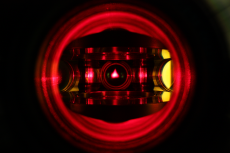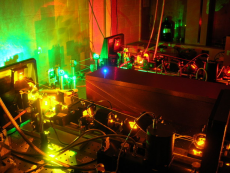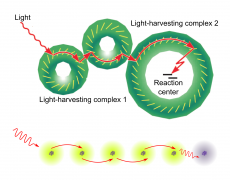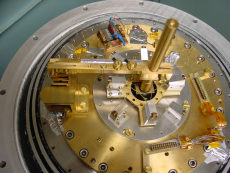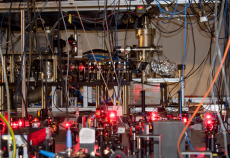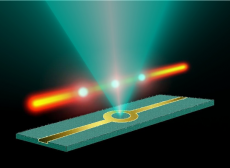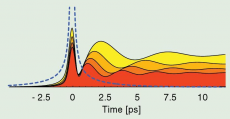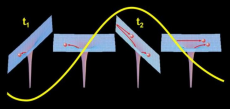CQD Special Seminar
19. June 2018 11:00
Konferenzraum 4, 01.106, Physikalisches Institut, INF 226Implication of network science for understanding quantum many-body-systems
Kathinka Gerlinger
Physikalisches Institut, Universität Heidelberg
Over the last years, network science has been established as an independent theory between mathematics and computer science. A lot of physicists took part in the discovery and description of network phenomena. This is why names like phase transition and Bose-Einstein condensation have found their way into network science.
But how can we use network science to improve our understanding of quantum many-body systems? This question stands at the heart of this thesis: The 1D Ising model is a magnetic model from solid state physics and has a so called quantum phase transition at T=0K between ferro- and paramagnetic spin arrangement. Finding the critical point, at which the phase transition occurs, with methods from network science is one of the main challenges of this thesis. For this, the 1D Ising model with different kinds of interactions is translated into a complex weighted network which in turn is analyzed. The results are promising and the translation scheme from physical model to the network can be used for other theoretical models.

